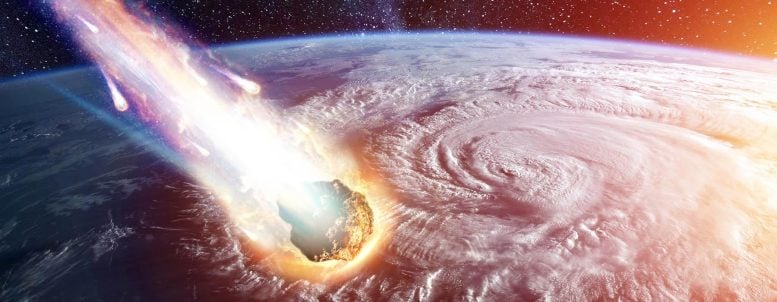
The 2013 Chelyabinsk meteorite caused a series of shock waves that damaged 7,200 buildings, broke windows, and injured 1,500 people.
Its characteristics may help to explain certain discrepancies in the classification of near-Earth asteroids.
When the Chelyabinsk fireball exploded over the Russian sky in 2013, it left a rather rare sort of meteorite on Earth. What distinguishes the Chelyabinsk meteorites and others like them is the presence of dark veins caused by a process known as shock darkening. However, until recently, planetary scientists have not been able to identify a nearby asteroid source of these particular meteorites.
Researchers from the University of Arizona identified an asteroid known as 1998 OR2 as one probable source of shock-darkened meteorites in a recent paper that was published in the Planetary Science Journal. About 1 ½ miles wide, the near-Earth asteroid passed by Earth in close proximity in April 2020. Meteorites are asteroid fragments that break off into space and crash down on Earth.
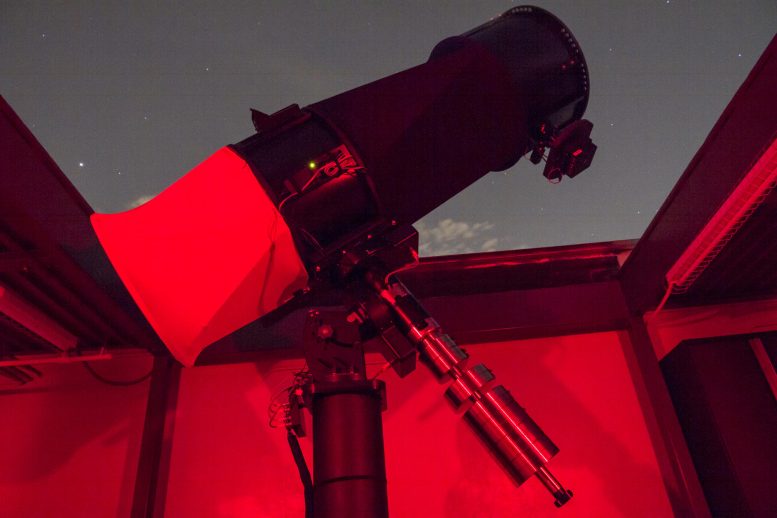
The RAPTORS system atop the Kuiper Space Sciences Building at the University of Arizona was used to collect data for this study. Credit: Vishnu Reddy/University of Arizona
“Shock darkening is an alteration process caused when something impacts a planetary body hard enough that the temperatures partially or fully melt those rocks and alter their appearance both to the human eye and in our data,” said lead study author Adam Battle, a UArizona graduate student studying planetary science. “This process has been seen in meteorites many times but has only been seen on asteroids in one or two cases way out in the main asteroid belt, which is found between Mars and Jupiter.”

Lead author and graduate student studying planetary sciences Adam Battle. Credit: University of Arizona
Professor of planetary sciences Vishnu Reddy, Battle’s advisor and co-author of the work, discovered shock darkening on main belt asteroids in 2013 and 2014. Together with engineering professor Roberto Furfaro, Reddy co-directs the Lunar and Planetary Laboratory’s Space Domain Awareness lab. Battle has been working at the lab since 2019.
“Impacts are very common in asteroids and any solid body in the solar system because we see impact craters on these objects from spacecraft images. But impact melt and shock-darkening effects on meteorites derived from these bodies are rare. Finding a near-Earth asteroid dominated by this process has implications for impact hazard assessment,” Reddy said. “Adam’s work has shown that ordinary chondrite asteroids can appear as carbonaceous in our classification tools if they are affected by shock darkening. These two materials have different physical strengths, which is important when trying to deflect a hazardous asteroid.”
Battle, Reddy, and their colleagues collected data on the surface composition of 1998 OR2 using the RAPTORS system, a telescope atop the Kuiper Space Sciences building on campus, and determined that it appeared like an ordinary chondrite asteroid. Chondrite asteroids have a lighter appearance and contain the minerals olivine and pyroxene.
But when the team ran the data through a classification tool, it suggested the asteroid was instead a carbonaceous asteroid, a type of asteroid that is characteristically dark and relatively featureless.
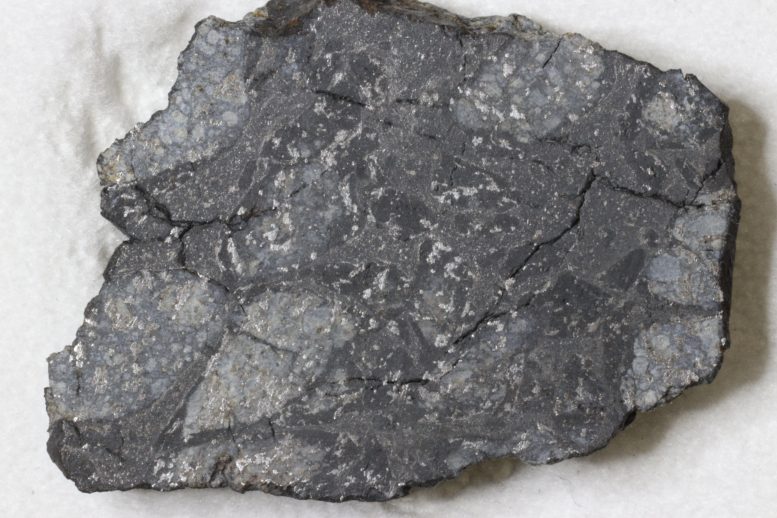
The Chergach meteorite studied by the researchers shows evidence of shock-darkening. Credit: Adam Battle/University of Arizona
“The mismatch was one of the early things that got the project going to investigate potential causes for the discrepancy,” Battle said. “The asteroid is not a mixture of ordinary chondrite and carbonaceous asteroids, but rather it is definitely an ordinary chondrite, based on its mineralogy, which has been altered – likely through the shock darkening process – to look like a carbonaceous asteroid to the classification tool.”
Shock darkening was hypothesized in the late 1980s but didn’t gain traction and went unstudied until 2013 when the fireball over Russia produced meteorites with shock-darkened characteristics.
Scientists, including Reddy, started getting more interested in shock darkening, and Reddy soon discovered shock-darkened asteroids in the main asteroid belt. On Earth, 2%, or roughly 1,400 of about 60,000 ordinary chondrite meteorites have undergone some degree of shock or impact process, Battle said.
Researchers were able to rule out a lot of other potential reasons 1998 OR2 appeared to be a carbonaceous asteroid rather than an ordinary chondrite. One possible cause for the discrepancy could be space weathering, in which exposure to the space environment causes changes to the asteroid’s surface, but if that were the case, the asteroid would appear to be slightly redder in color than it is. Shock darkening is a process that can suppress the appearance of olivine and pyroxene while also darkening the asteroid’s surface to look like a carbonaceous asteroid.
Reference: “Physical Characterization of Near-Earth Asteroid (52768) 1998 OR2: Evidence of Shock Darkening/Impact Melt” by Adam Battle, Vishnu Reddy, Juan A. Sanchez, Benjamin Sharkey, Neil Pearson and Bryn Bowen, 4 October 2022, The Planetary Science Journal.
DOI: 10.3847/PSJ/ac7223

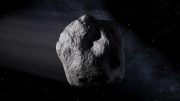
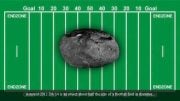
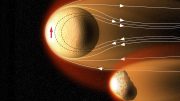
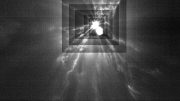

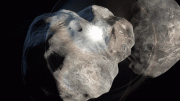
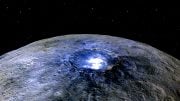
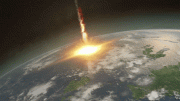
me